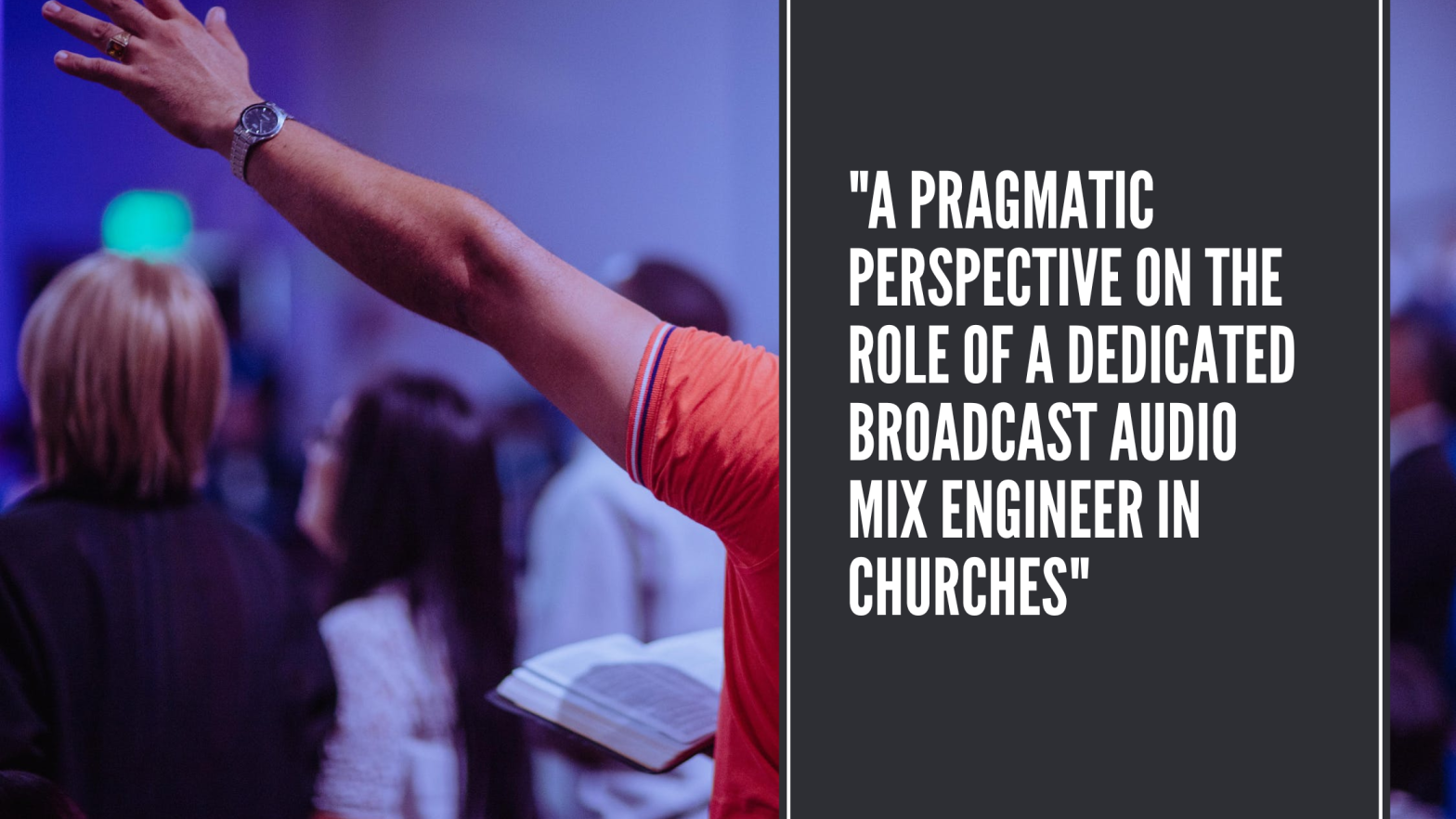In the current landscape of church technology, the buzz often revolves around the importance of having a dedicated broadcast audio mix engineer, particularly due to the rise of online streaming brought about by the COVID-19 pandemic. While countless YouTube videos suggest that churches of all sizes churches should invest in this aspect of their audio setup, the reality is that not every church necessarily needs it. And just because it is something that is technically accessable, for most, it can be a resource-intensive endeavor, both in terms of volunteer commitment and financial expenses. Moreover, the subtle improvements in audio quality achieved through a dedicated broadcast mix may go unnoticed by the average congregant or church leadership, especially when the online viewership isn’t substantial. Therefore, it’s crucial to consider the concept of “bang for your buck” and the actual impact on your congregation.
Interestingly, some churches have successfully opted for a simpler approach even those churches with online audiences exceeding 1000 live viewers per weekend. They merely take a feed from their house console matrix send, and surprisingly, the result often sounds better than many churches equipped with dedicated broadcast mix setups.
So, here’s a thought to ponder: rather than channeling resources into a dedicated broadcast audio mix engineer, consider investing that budget into developing your front-of-house team and musicians. This strategy offers several advantages. First, it maximizes the value of your financial investment, as it directly enhances the worship experience for the congregation present in the physical church space. Additionally, it nurtures a pool of tech-savvy individuals within your audio team, which can be a significant asset in various aspects of church technology. This approach is a win-win situation, benefiting both the immediate in-person audience and potential online viewers.
In the world of live concerts, the approach to audio mixing has evolved significantly over the past two decades. Engineers have focused on achieving great sound directly from the mixing console, ensuring that everything needing adjustment for the room is handled at the system/PA tuning level or through acoustic treatment. In 2023, there’s no reason why your board mix shouldn’t be broadcast-ready from the outset. The exception might involve minor adjustments like adding some house microphones or additional reverb. However, even these can be easily accomplished using a matrix bus within your existing setup. Therefore, the emphasis should be on refining your core audio capabilities rather than overextending resources into a dedicated broadcast mix engineer role.
